- ×
![[Download Now] Judy Rees - X-Ray Listener - The Metaphor Mastery Programme](https://wishcourses.com/wp-content/uploads/2015/08/11-200x238.png) [Download Now] Judy Rees - X-Ray Listener - The Metaphor Mastery Programme 1 × $48.00
[Download Now] Judy Rees - X-Ray Listener - The Metaphor Mastery Programme 1 × $48.00 - ×
![[Download Now] Craig Sigl - Sports Hypnosis Certification Training](https://wishcourses.com/wp-content/uploads/2015/11/52-200x238.png) [Download Now] Craig Sigl - Sports Hypnosis Certification Training 1 × $32.00
[Download Now] Craig Sigl - Sports Hypnosis Certification Training 1 × $32.00 - ×
 [Download Now] Bedros Keuilian – Fitness Business Summit 2015 1 × $40.00
[Download Now] Bedros Keuilian – Fitness Business Summit 2015 1 × $40.00 - ×
 [Download Now] Paul Janka - Superior Status 1 × $23.00
[Download Now] Paul Janka - Superior Status 1 × $23.00 - ×
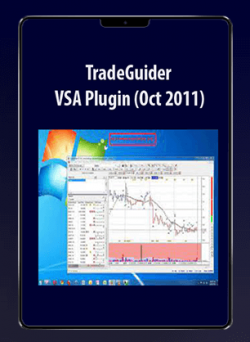 [Download Now] TradeGuider VSA Plugin (Oct 2011) 1 × $42.00
[Download Now] TradeGuider VSA Plugin (Oct 2011) 1 × $42.00
Subtotal: $185.00



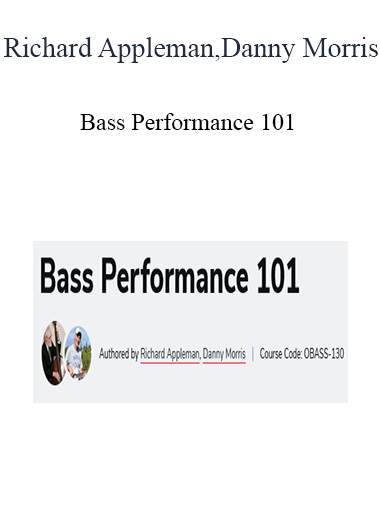

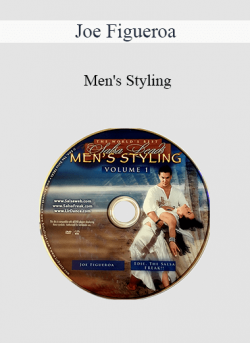
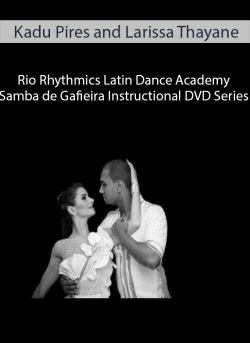

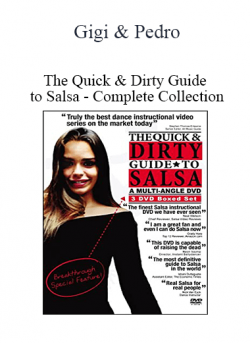
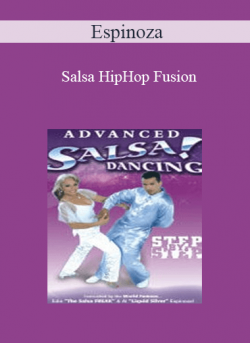
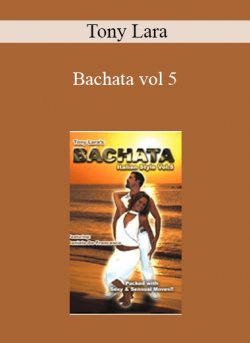
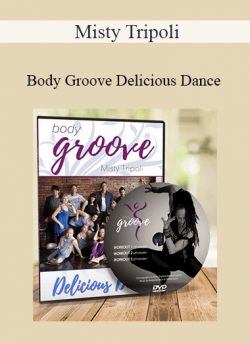
9 reviews for Richard Appleman, Danny Morris – Bass Performance 101
There are no reviews yet.